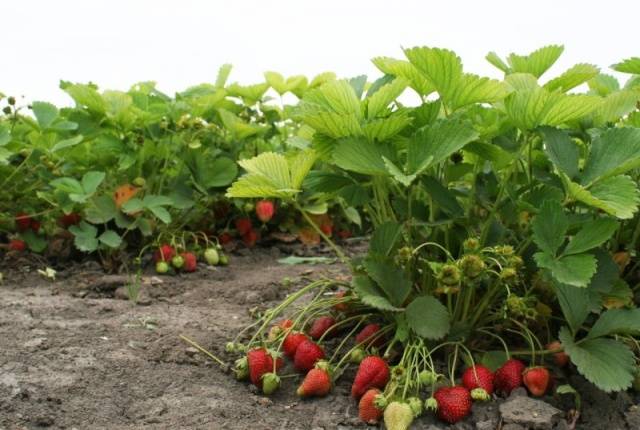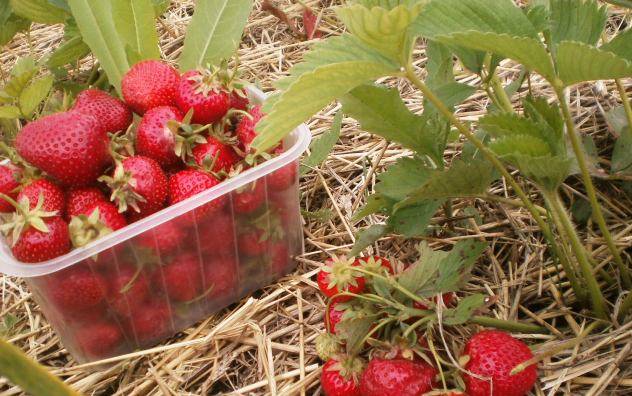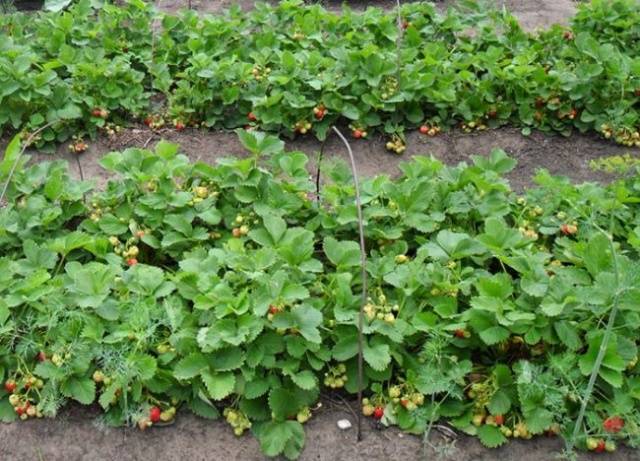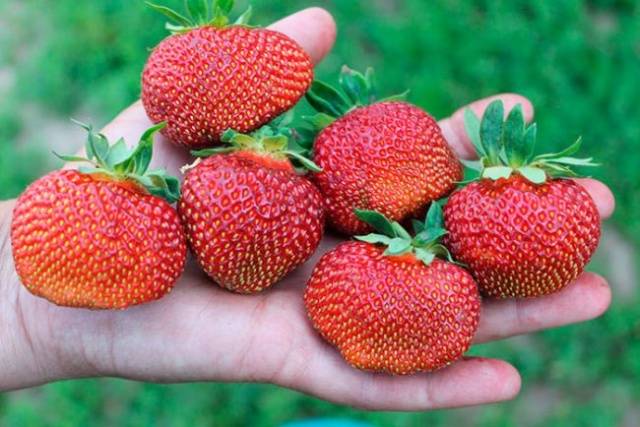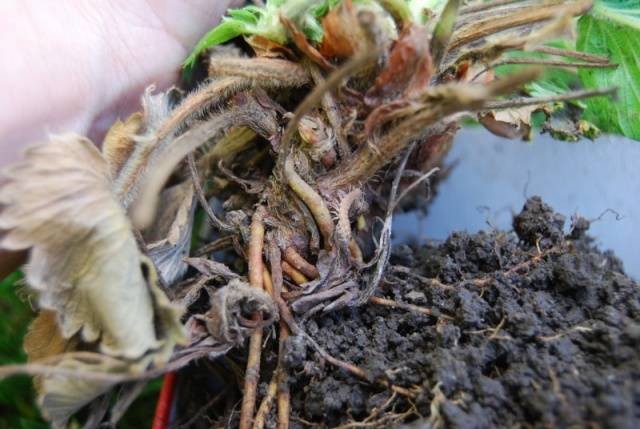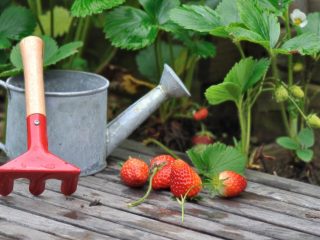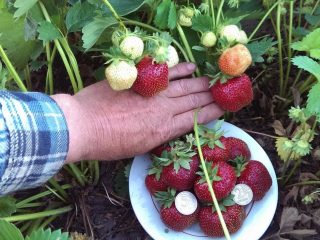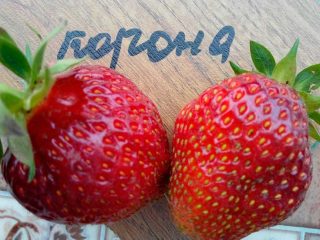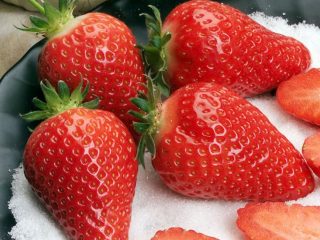Content
There are many varieties of garden strawberries, each has its own advantages and disadvantages. Therefore, when choosing a strawberry, you need to know its description, characteristics, see photos and read reviews of gardeners who have been involved in this culture for a long time.
Strawberry Polka is no stranger to summer cottages and farm plantations. It was created by Dutch breeders back in 1977 by crossing the Unduka x Sivetta varieties. It turns out that the variety is already 40 years old, but this does not reduce the popularity of strawberries. And how can you give up tasty and sweet berries?
More about the variety
Strawberry Polka, according to the description of the variety, photos and reviews of gardeners, bears fruit perfectly in many regions of Russia and the former republics of the USSR. I fell in love with the Polka variety for its unpretentiousness and productivity.
Polka strawberry description:
- The compact bush does not differ in height and spreading. But the dark green leaves with denticles around the edge are attractive.
- The plant produces a variety of flower stalks with large white flowers. The strawberry variety Polka, according to gardeners, does not have barren flowers, they all set fruits.
- At the initial stage, the berries of the Polka strawberry variety are scarlet, in technical ripeness they become dark red. In shape, they resemble a blunt shortened cone. The skin is thin, but strong; when touched, the hand does not stain.
- One of the characteristics that prevents Polka strawberries from leaving the race is the unusual taste of juicy pulp: it looks like caramel. Inside, the berry is without voids, coral-red in color, it becomes lighter towards the center.
- The weight of the fruits of the Polka variety varies on the first wave from 40 to 50 grams, the rest is half less. As gardeners write in reviews, it all depends on the agricultural technology of strawberries.
- The mustache forms a lot, so as not to deplete the bush, timely cutting is required. Only the mustache is left for replacement.
The description of the Polka strawberry variety will be incomplete if you do not tell about the processing methods. Dense, tasty berries with a caramel aftertaste are good fresh, in compotes and frozen.
Jam and compote from Polka berries acquire a burgundy color. And how fragrant jellies, jams, candied fruits are obtained, words cannot describe. As they say in the reviews, many gardeners even dry the berries, while the taste is not lost, but becomes even more expressive.
Polka's virtues
The garden strawberry Polka, which receives mostly positive reviews, has many advantages compared to other varieties:
- The plant is frost-resistant, in harsh winter conditions it survives well under a reliable shelter.
- Doesn't require much effort to grow.
- Suitable for industrial processing.
- Possesses excellent transportability.
- Practically does not get sick, although prevention is necessary.
Although the Polka strawberry is not remontant according to the description of the variety, the harvest can be obtained for a long time. You cannot call it super productive, but you can get up to one and a half kilograms from a square of strawberry beds.
Cons Shelves
There are a few shortcomings, but in relation to our readers, it would be unethical not to point out them:
- The peculiarity of the variety is excellent fruiting in the first and second years after planting. In the third year, the berries become small. In addition, we already mentioned this in the description, at the end of fruiting, the berries are almost half the size of the first ones.
- It is necessary to constantly update the landings, which is not always convenient.
- According to the description of the Polka variety, it is heat-resistant and can withstand short-term drought. But at the same time, the berries lose in size and taste.
- Bushes grow strongly during the season.
Agricultural rules
Although Polka strawberries do not require much trouble, you still need to take into account some nuances:
Many diseases are not threatened by strawberries, but problems with the root system may arise. To grow a healthy plant, you need to carefully examine the bushes.
The shelf loves water, but you need to water it as the topsoil dries out. Strawberries do not like swampy soil conditions. According to experienced gardeners, a drip system is the best option. Feeding is also fed through it. It is held several times a season.
In beds with strawberries, overgrowth should not be allowed weeds, because they can cause strawberry diseases and a breeding ground for pests.
Polka strawberries require breathable soil. This can be achieved by loosening. It is performed after watering so that a crust does not form on the surface.
Plant seedlings in well-fertilized soil.
